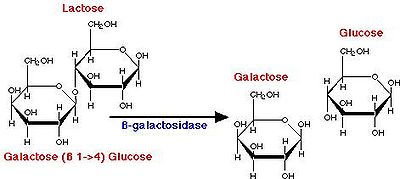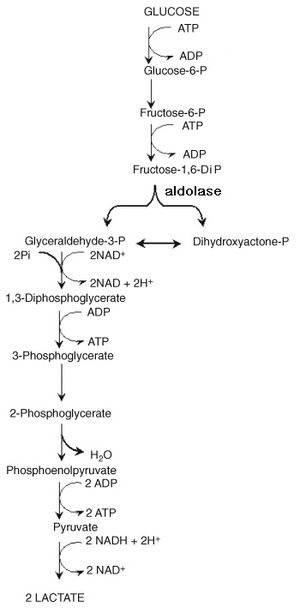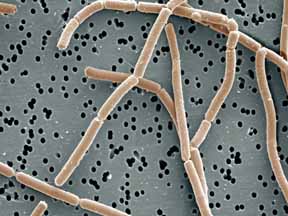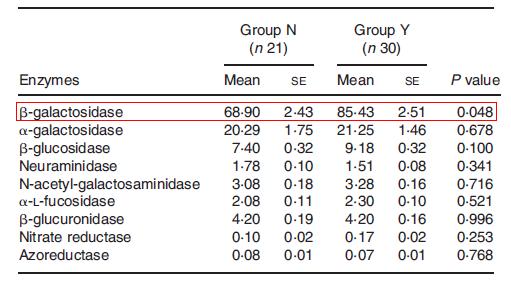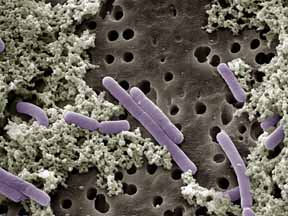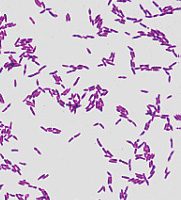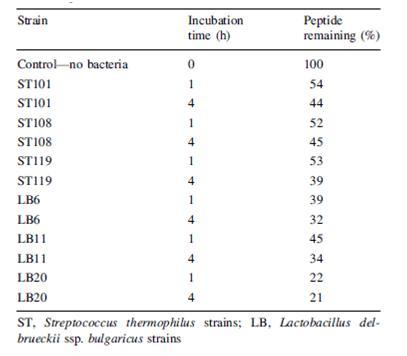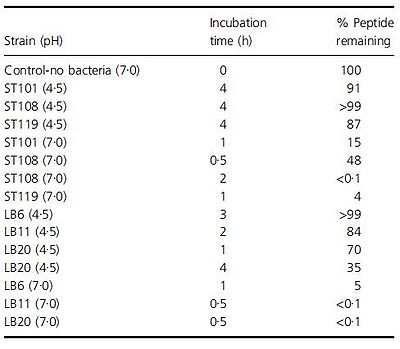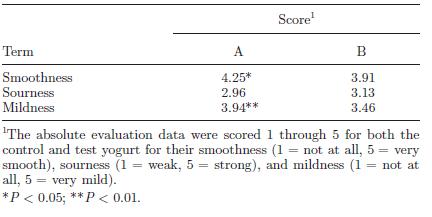The Role of Bacteria in the Health Potential of Yogurt: Difference between revisions
| Line 82: | Line 82: | ||
<br>Include some current research, with at least one figure showing data.<br> | <br>Include some current research, with at least one figure showing data.<br> | ||
[[Image:lactoferricin_breakdown.jpg|thumb|500px|right|Fig. | [[Image:lactoferricin_breakdown.jpg|thumb|500px|right|Fig. 13. Hydrolytic breakdown of lactoferricin, as indicated by the % peptide remaining, at pH 7.0 by various strains of <i>L. bulgaricus</i> and <i>S. thermophilus</i>. Courtesy of Paul and Somkuti, 2010.]] | ||
[[Image:peptide hydrolysis.jpg|thumb|400px|left|Fig. | [[Image:peptide hydrolysis.jpg|thumb|400px|left|Fig. 14. Hydrolytic breakdown of a hypotensive peptide by various strains of <i>L. bulgaricus</i> and <i>S. thermophilus</i> at different pH values. Courtesy of Paul and Somkuti, 2009.]] | ||
<br><br><br><br><br><br><br><br><br><br><br><br><br><br><br><br><br><br><br><br><br><br><br><br> | <br><br><br><br><br><br><br><br><br><br><br><br><br><br><br><br><br><br><br><br><br><br><br><br> | ||
===Improving functionality of Yogurt=== | ===Improving functionality of Yogurt=== | ||
[[Image:prebiotic and probiotic table.jpg|thumb|800px|right|Fig. | [[Image:prebiotic and probiotic table.jpg|thumb|800px|right|Fig. 15. The stimulating effect of various prebiotics on probiotic growth and function. Courtesy of Ranadheera, Baines, & Adams, 2009.]] | ||
<br><br><br><br><br><br><br><br><br><br><br><br><br><br><br><br><br><br><br> | <br><br><br><br><br><br><br><br><br><br><br><br><br><br><br><br><br><br><br> | ||
===A "Superior" Yogurt=== | ===A "Superior" Yogurt=== | ||
[[Image:acidity by temp and low DO.jpg|thumb|600px|left|Fig. | [[Image:acidity by temp and low DO.jpg|thumb|600px|left|Fig. 16. The difference in change in % acidity over time between two levels of dissolved oxygen. The culture contained both <i>L. bulgaricus</i> and <i>S. thermophilus</i>. (A) Experiment carried out at 43°C. The circle represents the reduced oxygen fermentation treatment and the square represents the control with normal levels of dissolved oxygen. (B) Experiment carried out at a lower temperature of 37°C. The circle represents the reduced oxygen fermentation treatment and the triangle represents the control with normal levels of dissolved oxygen]] | ||
<br><br><br><br><br><br><br><br><br><br><br><br><br><br><br> | <br><br><br><br><br><br><br><br><br><br><br><br><br><br><br> | ||
[[Image:taste test.jpg|thumb|700px|center|Fig. | [[Image:taste test.jpg|thumb|700px|center|Fig. 17. Scanning electron micrograph of <i>Lactobacillus bulgaricus</i>. Taken from Ranadheera, Baines, & Adams, 2009.]] | ||
[[Image:texture comparison.jpg|thumb|700px|center|Fig. | [[Image:texture comparison.jpg|thumb|700px|center|Fig. 18. Scanning electron micrograph of <i>Lactobacillus bulgaricus</i>. Taken from Ranadheera, Baines, & Adams, 2009.]] | ||
<br><br><br><br><br><br><br><br><br><br><br><br> | <br><br><br><br><br><br><br><br><br><br><br><br> | ||
Revision as of 11:37, 17 April 2010
Introduction
At right is a sample image insertion. It works for any image uploaded anywhere to MicrobeWiki. The insertion code consists of:
Double brackets: [[
Filename: PHIL_1181_lores.jpg
Thumbnail status: |thumb|
Pixel size: |300px|
Placement on page: |right|
Legend/credit: Electron micrograph of the Ebola Zaire virus. This was the first photo ever taken of the virus, on 10/13/1976. By Dr. F.A. Murphy, now at U.C. Davis, then at the CDC.
Closed double brackets: ]]
Other examples:
Bold
Italic
Subscript: H2O
Superscript: Fe3+
Biochemistry of Yogurt Production
Introduce the topic of your paper. What microorganisms are of interest? Habitat? Applications for medicine and/or environment?
Yogurt Production
Benefits of Yogurt
Include some current research, with at least one figure showing data.
Probiotics
Include some current research, with at least one figure showing data.
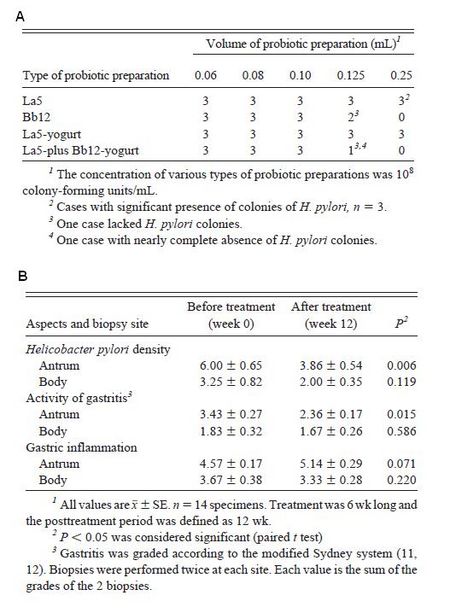
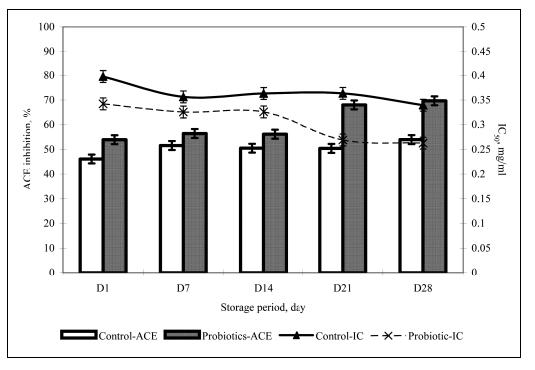
Lactobacillus casei
Lactobacillus acidophilus
Bifidobacterium species
Improving Yogurt
Current Problems
Include some current research, with at least one figure showing data.
Improving functionality of Yogurt
A "Superior" Yogurt
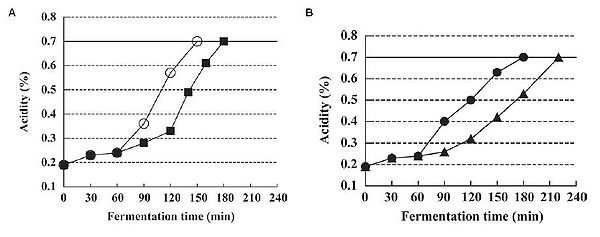
Conclusion
Overall text length at least 3,000 words, with at least 3 figures.
References
Edited by student of Joan Slonczewski for BIOL 238 Microbiology, 2010, Kenyon College.


